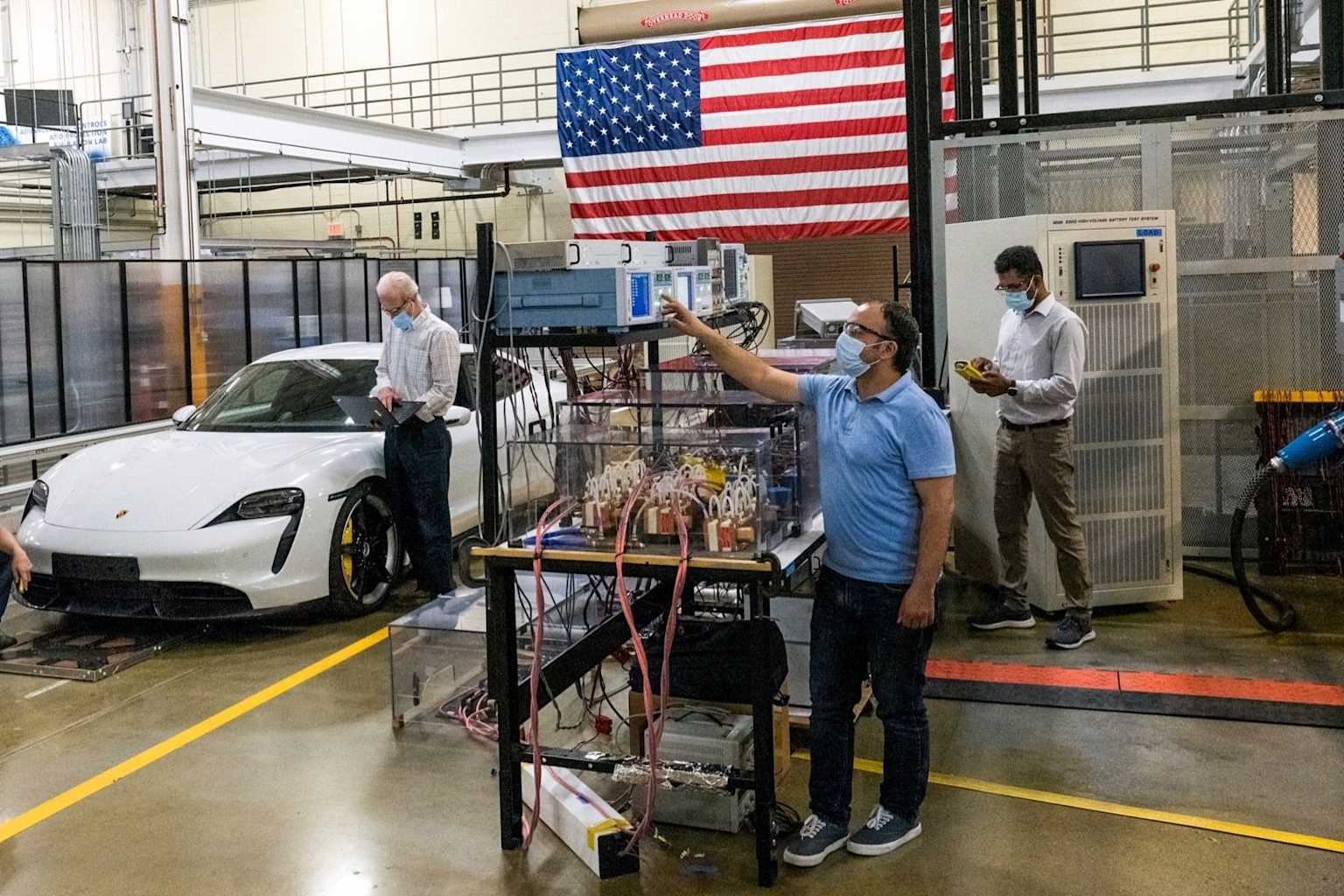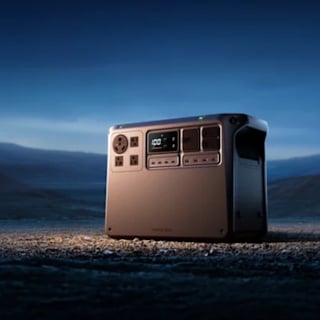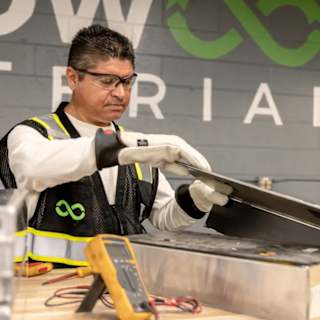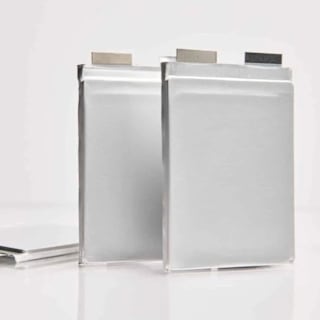- Component Reduces Critical Material Usage
- Safety and Manufacturing Advantages
- Industry Context
Researchers at Oak Ridge National Laboratory announced today they have developed a new battery component that could reduce manufacturing costs by 85% while enabling electric vehicles to charge to 80% capacity in just 10 minutes. The breakthrough addresses two persistent challenges facing the EV industry: high battery costs and lengthy charging times that deter consumer adoption.
The new current collector, created in partnership with Soteria Battery Innovation Group, replaces traditional metal foil with a polymer film sandwiched between ultra-thin layers of copper or aluminum. This design allows batteries to pack 27% more energy while maintaining fast-charging capabilities, according to research published in Energy & Environmental Materials.

The technology significantly cuts demand for copper and aluminum, metals that have become supply chain bottlenecks as EV production scales up1. "This provides savings on near-critical materials, because much less copper and aluminum are needed," said lead researcher Georgios Polyzos1. "At the same time, this will greatly enhance the energy density achievable with a 10-minute charge."
Current collectors conduct electricity from a battery's active material to external circuits and traditionally account for substantial weight and cost in EV batteries1. The Oak Ridge team tested their component in coin and pouch cell batteries using standard manufacturing processes at the lab's Battery Manufacturing Facility1.
Beyond cost savings, the polymer component enhances battery safety, according to Brian Morin, CEO of South Carolina-based Soteria1. "Our current collector acts like a circuit breaker inside the battery and eliminates about 90% of lithium-ion battery fires caused by short circuits," Morin said1. When internal shorts occur, the plastic film melts and separates the metal layers, stopping dangerous energy discharge.
The researchers addressed manufacturing challenges by identifying parameters for incorporating the thinner material into standard roll-to-roll production processes, despite increased susceptibility to wrinkling1. This compatibility with existing manufacturing infrastructure could accelerate commercial adoption.
The development comes as the EV battery industry faces mounting pressure to reduce costs and improve performance. China controls over 70% of global battery production, while the U.S. seeks to build domestic supply chains1. Copper demand could exceed supply by 6 million tonnes annually by the early 2030s as EV production expands2.
"We take 80% of the metal out, which makes it harder to do things quickly," Morin acknowledged3. "But they've shown that you can still get fast charge and discharge."



